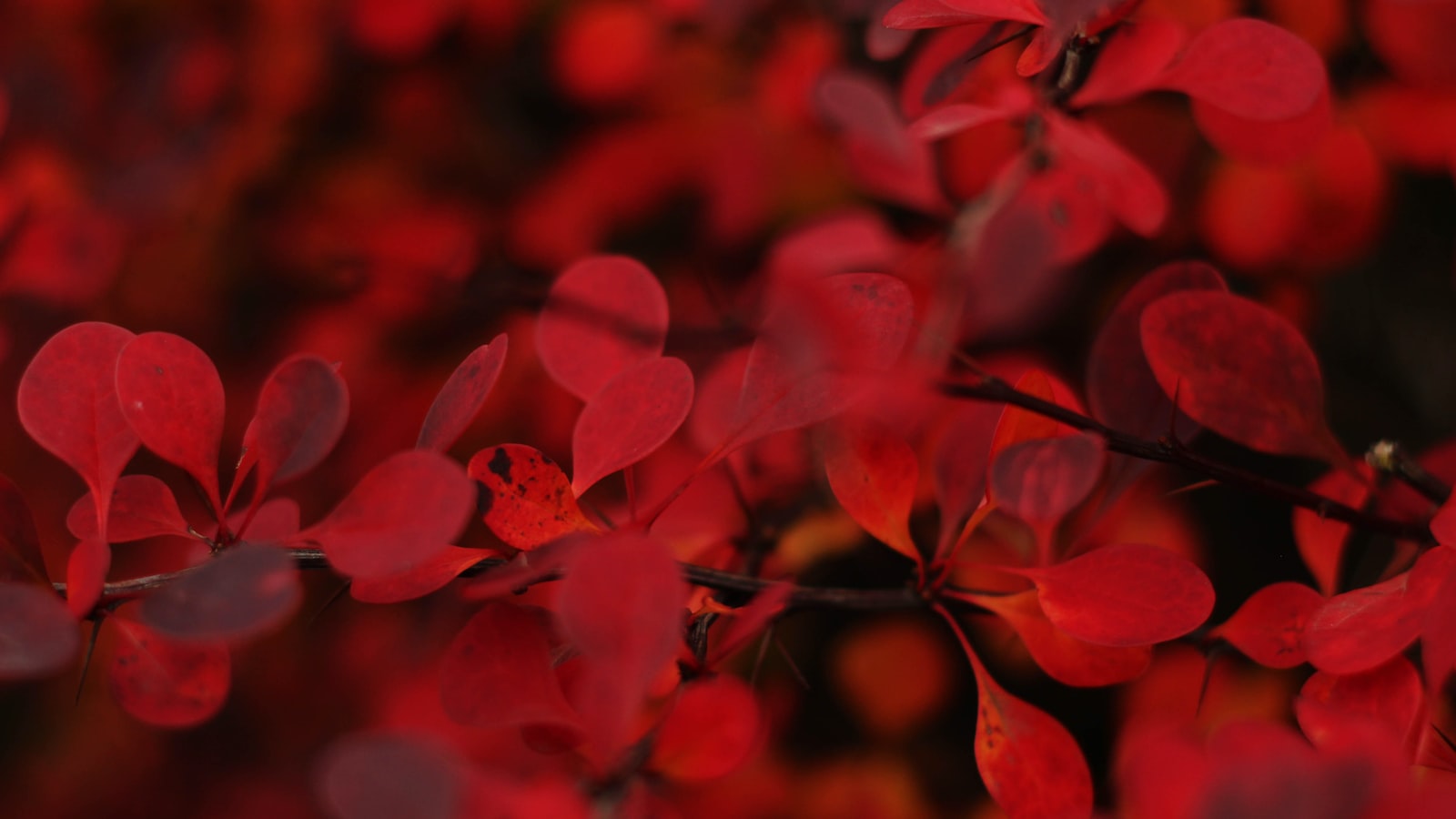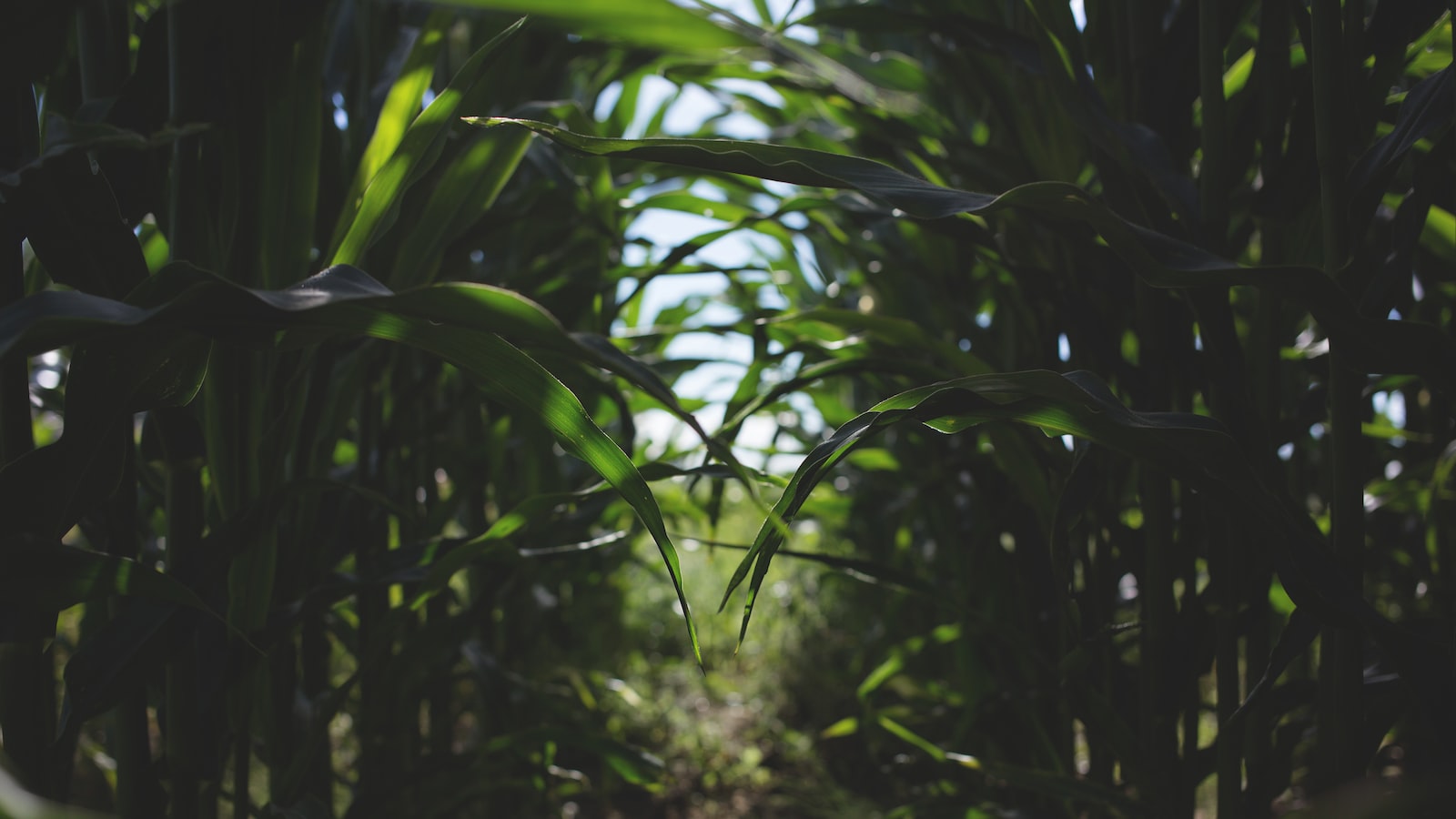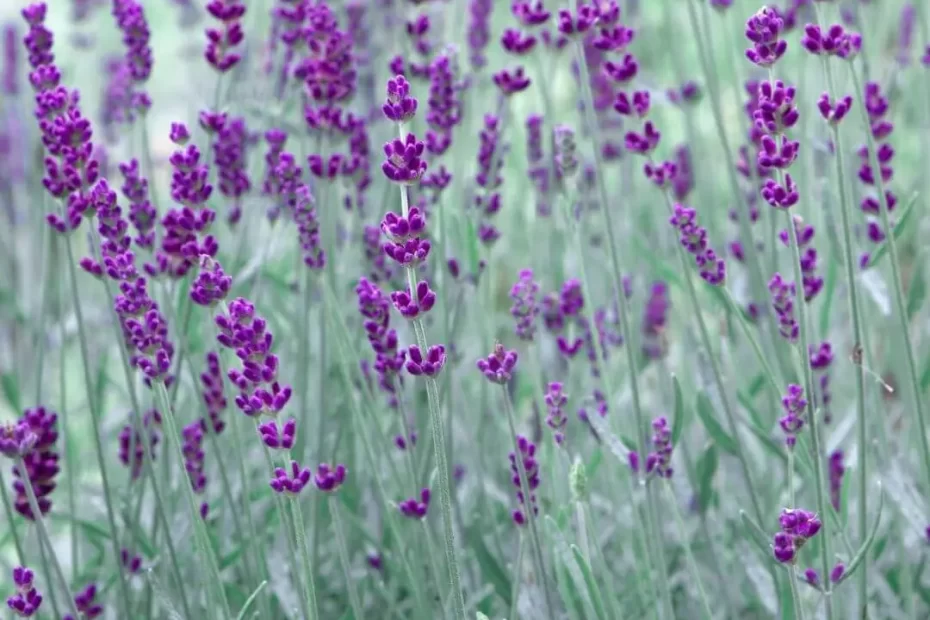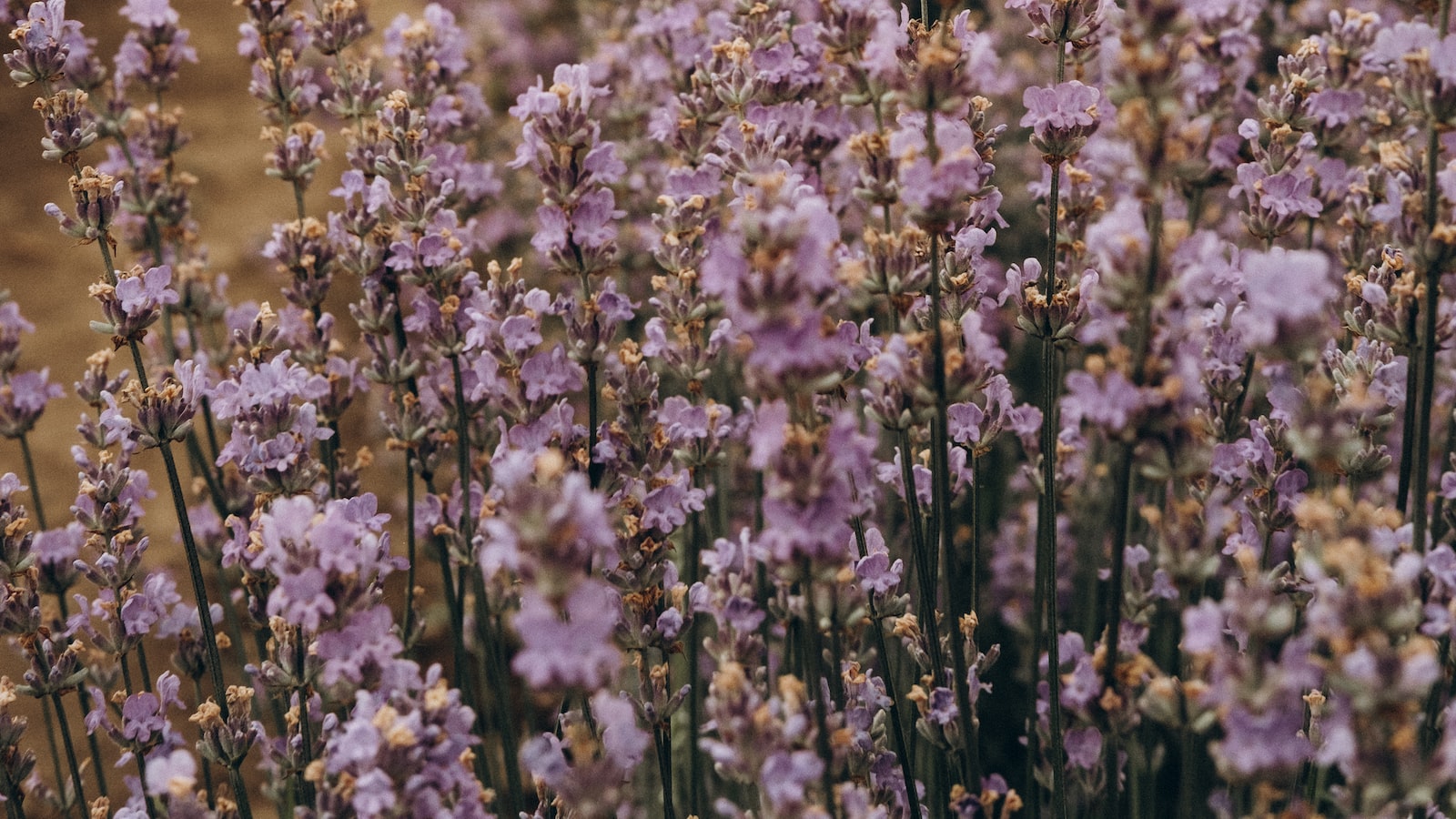Step into the serene world of lavender and discover the perfect companions for this fragrant wonder. As nature’s graceful dancer, lavender enchants and mesmerizes with its vibrant purple hues and delightful aroma. But what exactly can you plant alongside this botanical diva? Fear not, eager green thumbs, for we’re about to unlock the secret to creating an enchanting garden symphony of colors, scents, and textures. From whimsical floral partners to clever herbal allies, this guide will inspire your lavender-filled dreams and help you sow the seeds of pure harmony. So, take a deep breath, immerse yourself in this horticultural tale, and let’s explore the mesmerizing world of lavender companions together.
Complementary Plants for Lavender: Creating a Stunning Garden Display
When it comes to growing lavender, its distinctive fragrance, delicate blooms, and vibrant purple color can create a stunning display in any garden. However, choosing the right complementary plants can further enhance the beauty and visual appeal of your lavender bed. Here are some fantastic plant options that can help create a captivating garden display alongside your lavender:
- Rosemary: Pairing lavender with rosemary not only adds a touch of elegance but also forms a heavenly aromatic combination. The vibrant purple of lavender contrasts beautifully with the deep green foliage of rosemary, creating a visually pleasing and harmonious duo. Moreover, both plants have similar soil and sunlight requirements, making them ideal companions in your garden.
- Salvia: The bold and showy presence of salvias can make your lavender blend into a picturesque garden tapestry. With their varied colors like vibrant reds, soft pinks, and electric blues, salvia flowers not only complement the delicate purple blooms of lavender but also provide a brilliant contrast. These two plants together attract beneficial pollinators and are a treat for the eyes.
- Verbena: Inject a splash of color into your lavender garden with verbena. This versatile plant comes in an array of dazzling hues such as fiery oranges, vivid purples, and soft pinks. Planted alongside lavender, verbena forms a vibrant carpet of vibrant colors that beautifully complements the soothing purples. Be it the low-growing verbena or the cascading varieties, these plants effortlessly brighten up your garden and attract butterflies and hummingbirds.
| Features | Tips |
|---|---|
| Contrasting Colors | Pair lavender with plants that have vibrant or complementary colors to enhance visual appeal. |
| Aromatic Combinations | Select plants that have pleasing fragrances to create a delightful sensory experience in your garden. |
| Similar Growing Conditions | Choose plants that have similar sunlight and soil requirements for easy care and maintenance. |
By carefully selecting complementary plants, you can create a breathtaking garden display that not only showcases the elegance of lavender but also adds a burst of colors and fragrances. Blend different plants together and experiment with various combinations to find your unique style. Whether you opt for uplifting contrasts or harmonious tones, your lavender garden will become a true natural masterpiece.

Selecting the Perfect Companion Plants for Lavender: Color, Height, and Texture Considerations
When it comes to selecting the perfect companion plants for lavender, there are several important considerations to keep in mind. One of the key factors to consider is color, as the right combination can create a visually stunning garden display. Lavender pairs beautifully with vibrant yellows and purples, such as sunflowers and catmint, creating a striking contrast. For a more subtle look, consider pairing lavender with pastel-colored flowers like roses or delphiniums. The possibilities are endless!
Height is another crucial consideration when choosing companion plants for lavender. To create dimension and depth in your garden, opt for plants of varying heights. Low-growing perennials such as thyme or creeping phlox can complement the taller and statuesque lavender plants wonderfully. Additionally, incorporating taller flowering shrubs like butterfly bush or Russian sage can add a touch of elegance to your lavender garden.
| Features | Tips | Considerations |
|---|---|---|
| Bold colors | Choose complementary hues for an eye-catching display. | Ensure colors do not clash with the soothing lavender tones. |
| Varying heights | Create dimension and visual interest by combining plants of different heights. | Avoid overshadowing lavender with significantly taller plants. |
| Contrasting textures | Include plants with diverse leaf shapes and textures for an intriguing garden design. | Ensure textures harmonize well and do not clash with lavender’s delicate foliage. |
Texture is also a consideration that shouldn’t be overlooked. By incorporating plants with contrasting leaf shapes and textures, you can create a visually captivating garden. Combining lavender with feathery plants like asters or ornamental grasses can add a soft touch, while pairing it with spiky succulents or lamb’s ear can provide interesting textural contrast. Let your imagination run wild and experiment with different combinations to find the perfect blend of colors, heights, and textures for your lavender garden!
Creating a Fragrant Paradise: Best Culinary Herbs to Grow Alongside Lavender
Are you a gardening enthusiast looking to create a fragrant paradise in your backyard? Lavender is the perfect choice to add beauty and aroma to your outdoor space. But why stop there? You can enhance the lavender’s appeal and culinary usefulness by growing complementary herbs alongside it. Not only will they create a stunning visual display, but they will also provide you with an array of fresh flavors to elevate your culinary creations. Here are some of the best culinary herbs that you can plant alongside lavender to create a truly delightful garden experience.
1. Rosemary:
Rosemary is a versatile herb that pairs effortlessly with lavender. Its aromatic piney fragrance complements lavender’s soothing floral scent, creating a harmonious blend. Use fresh rosemary and lavender sprigs to infuse your roasted meats and vegetables with a delightful Mediterranean twist. The combination of their flavors will transport you to the sun-drenched hills of Provence.
Thyme is another wonderful herb to grow alongside lavender. With its earthy and slightly sweet flavor, it provides a perfect balance to lavender’s mellowness. Together, they can be used to create delicious herb-infused oils, marinades, and hearty soups. Intertwining their delicate purple and green foliage will not only look visually stunning but will also awaken your senses with their aromatic wonders.
3. Lemon Balm:
Consider adding lemon balm to your lavender garden for a burst of refreshing citrus notes. The bright and uplifting aroma of lemon balm pairs beautifully with lavender’s calming scent. You can use their leaves to create flavorful teas, lemonades, or even to garnish summer salads. The combination of citrus and floral flavors will transport you to a tranquil oasis every time you indulge in their harmonious blend.
| Features | Tips |
|---|---|
| Enhances the beauty and aroma | Ensure proper spacing for each plant to thrive |
| Provides fresh flavors for culinary creations | Regularly prune and harvest herbs to promote growth |
| Creates a visually stunning garden | Plant herbs in well-drained soil with plenty of sunlight |


